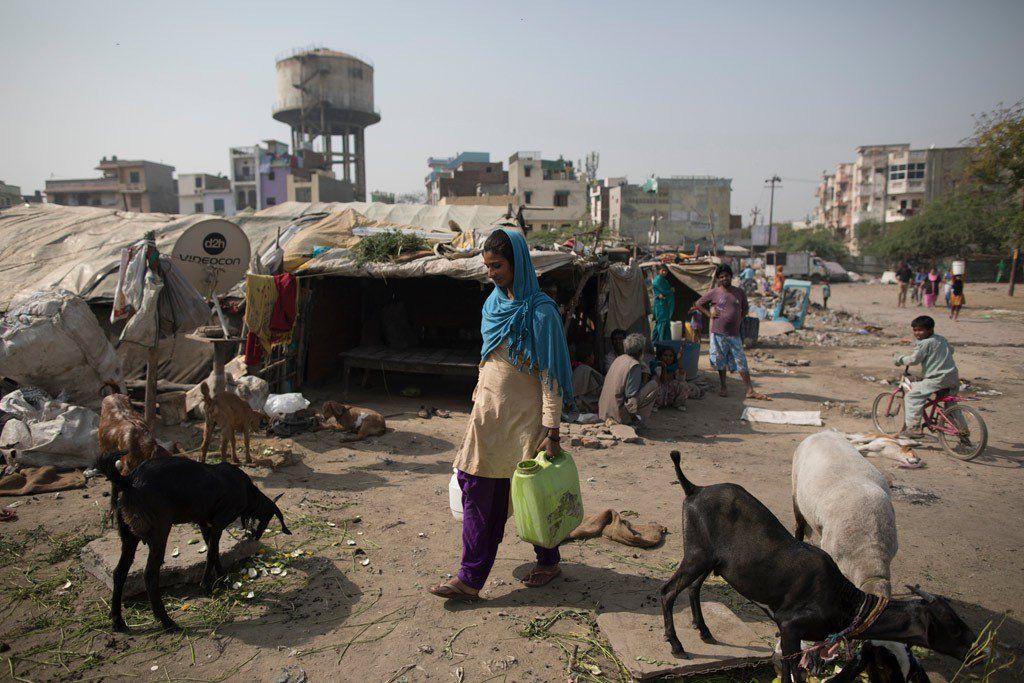Billions worldwide lack safe, clean water sanitation facilities.
Clean Water Sanitation Facilities
The Dangers Facing Our Children
A report by the UN News Centre highlights the urgent need for countries to ensure safe and readily available water and clean water sanitation facilities, as well as effective sanitation and hygiene services, for all people, especially the most disadvantaged communities and children. It warns that millions suffer from preventable diseases due to the lack of these basic services, and calls for accelerated progress to achieve the Sustainable Development Goals (SDGs) related to water and sanitation.
Key Points:
Lack of Access to Safe Water and Sanitation
- Nearly 3 in 10 people globally lack access to safe and readily available water at home.
- Almost 6 in 10 people lack access to safely managed sanitation services.
- Many homes, healthcare facilities, and schools also lack soap and water for handwashing, putting health at risk, especially for young children.
- Those living in rural areas are the worst affected by the lack of these basic services.
Consequences of Lack of Access
- Millions fall ill to diseases that could have easily been prevented, such as diarrhoea, which claims the lives of 361,000 children under 5 every year.
- Good hygiene, particularly handwashing, is one of the simplest and most effective ways to prevent the spread of diseases.
Inequalities in Access
- Access to water and soap for handwashing varies significantly, from 15% of the population in sub-Saharan Africa to 76% in western Asia and northern Africa.
- These inequalities put the implementation of Sustainable Development Goal 6 (ensuring availability and sustainable management of water and sanitation for all) at risk.
Slow Progress Towards Universal Coverage
- In 90 countries, progress towards basic sanitation is too slow to reach universal coverage by 2030.
- Hundreds of millions still lack even a basic drinking water service, including those who have to spend over 30 minutes per trip collecting water from sources outside the home or drink untreated surface water.
- Similarly, 2.3 billion people still do not have basic sanitation services, including those who share toilets or practice open defecation.
Importance of Improving Services
- Improving these services in the most disadvantaged communities and for the most disadvantaged children is essential to giving them a fairer chance at a better future.
- All countries have a responsibility to ensure everyone can access these basic requirements for human health.
This United Nations report implores countries to amplify initiatives to support the three in ten people unable to access safe water at home and nearly six in ten people without proper sanitation. Insufficient hygiene due to lack of soap and water in homes, schools, and other locations is exposing children to greater risk of disease, especially in rural areas. Major shortfalls persist for as many as 90 countries in meeting water and sanitation targets in the Sustainable Development Goals (SDGs) .
Read full article: http://www.un.org/sustainabledevelopment/blog/2017/07/billions-around-the-world-lack-safe-water-proper-sanitation-facilities-reveals-un-report/
JOIN OUR NEWSLETTER
We will get back to you as soon as possible
Please try again later


Follow Us
Blue Chip Foundation focuses on alleviating extreme poverty through economic, educational, and social enterprise initiatives in support of the United Nations' Sustainable Development Goals (SDGs)
